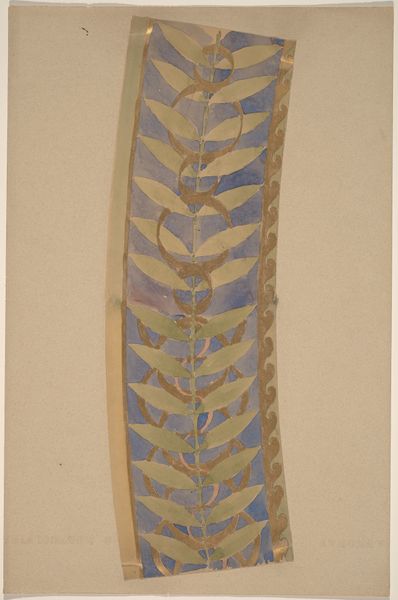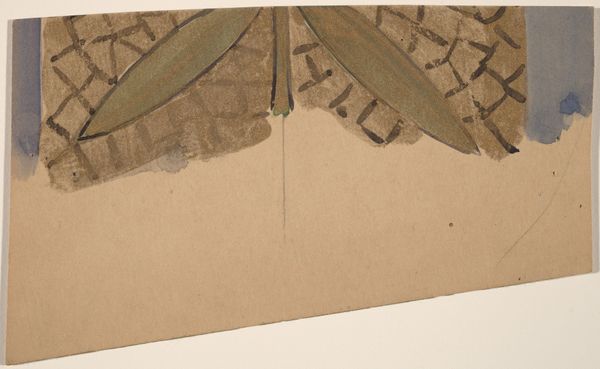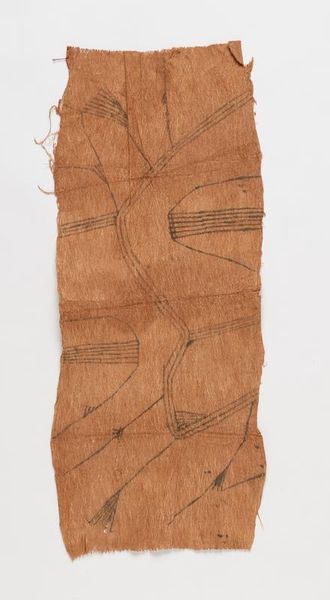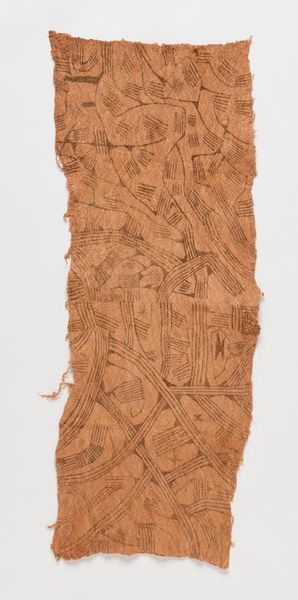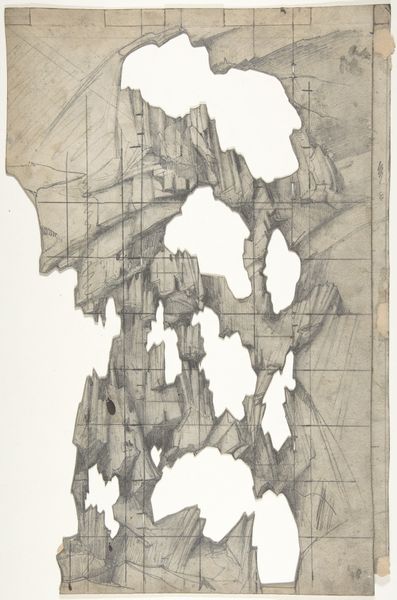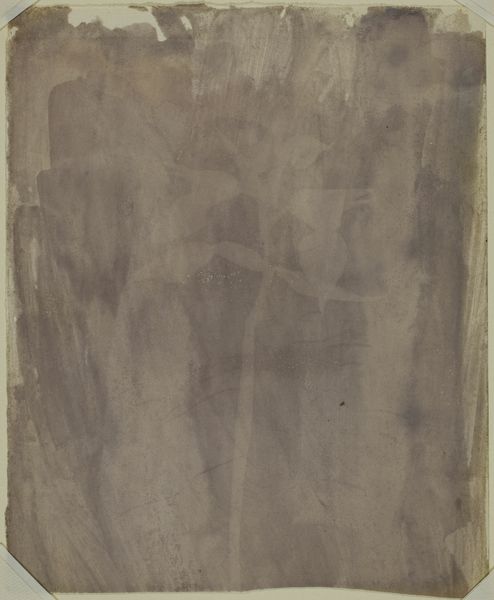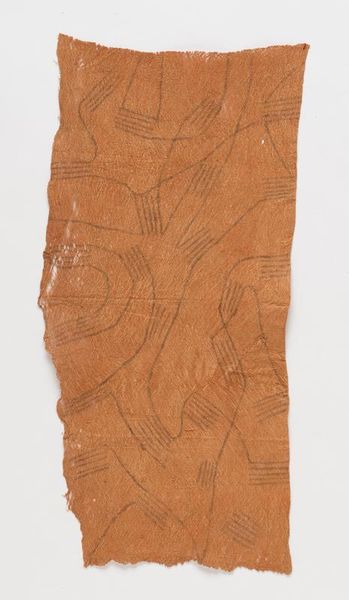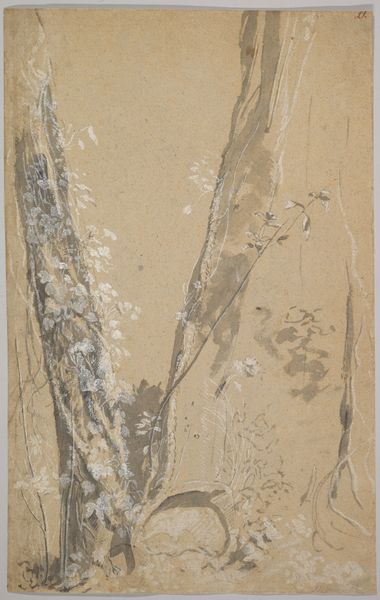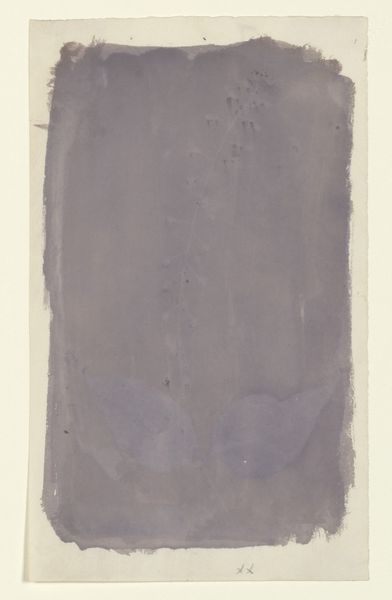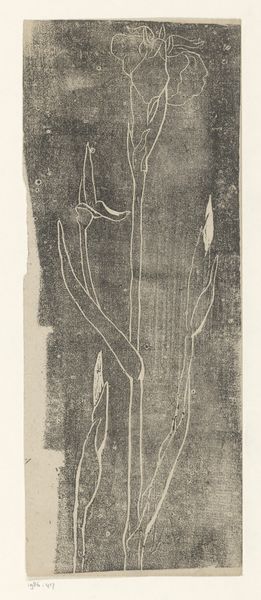
Design for a Stage Set at the Opéra, Paris 1828 - 1890
0:00
0:00
drawing, print, paper, pencil
#
drawing
#
neoclacissism
# print
#
paper
#
pencil
#
cityscape
#
history-painting
Dimensions: sheet: 17 3/8 x 9 3/16 in. (44.2 x 23.3 cm)
Copyright: Public Domain
Eugène Cicéri created this stage set design for the Paris Opéra using graphite and gray wash on paper. Cicéri's work offers us a glimpse into the spectacle and grandeur of 19th-century Parisian opera. Reflect on the socio-political context of the Opéra at this time. It was more than just a place for artistic expression. It was a stage for displaying social status and power. Consider the architecture, the costumes, and the performances themselves, all designed to reinforce a certain hierarchy. Who was included, and perhaps more importantly, who was excluded? Cicéri's design captures the visual language of this era, one that equates height with status. Think about what it meant to design such spaces during a time of significant social change. Did Cicéri see his role as simply creating beautiful backdrops, or did he consider the deeper implications of the stories being told on stage? What narratives were being amplified, and whose voices were being silenced? It’s interesting to reflect that the opera offered a space for both escapism and the reinforcement of societal norms.
Comments
No comments
Be the first to comment and join the conversation on the ultimate creative platform.
